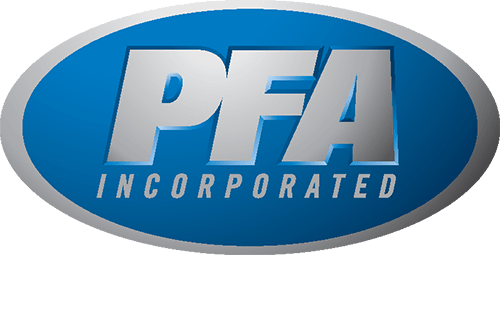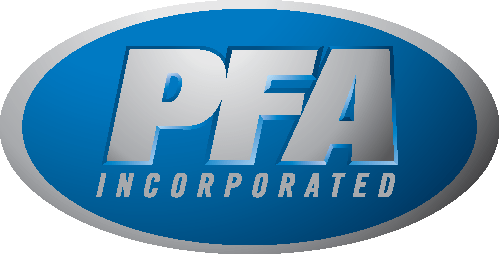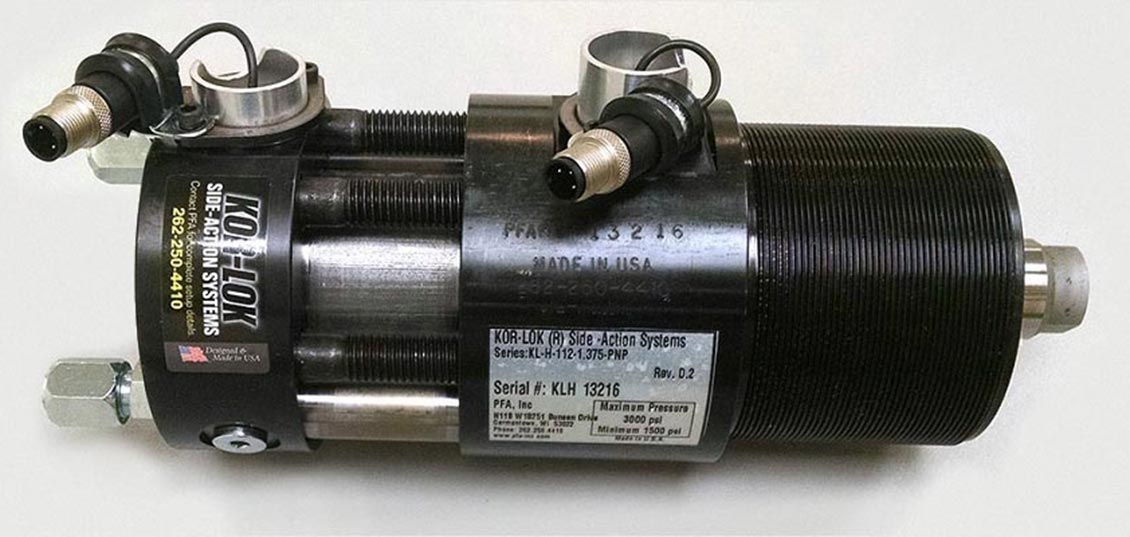Improve complex injection-molded part quality and profitability by reducing mold base size and preloading slides from a solid structure to ensure placement.
Profitability impacts everyone in the mold supply chain because the mold builder, molder and OEM must consider both mold cost and cost per part, which is highly dependent on mold complexity. The challenge is finding the most creative solution to meet requirements at the lowest overall cost for the mold builder, molder and OEM. Hydraulic locking cylinders can provide a solution.
Mold builders can easily produce right-sized simple molds because part size fundamentally defines mold size. Complex molds, however, often push the limits of design creativity with demanding part quality and larger side-action footprints. Higher quality demands better-performing fits to maintain part dimensionality, and complexity often makes action design more expansive for relatively small parts. When you increase both mold and machine size, you get higher mold costs, slower process speeds and higher costs per part.
Driving profitability in the right direction requires driving the mold base size back down to lower costs and preloading slides for optimal part quality.
Smaller mold bases and improved structural integrity equal increased value add at lower costs.
Complex mold designs in smaller mold bases. A designer can easily solve the mold base problem by moving the majority of the side action to the outside of the mold base with standard NFPA-style or compact hydraulic cylinders that mount to the mold base externally, but capturing slides takes room inside the mold base. Hydraulic preloading and locking cylinders mount fully external to the mold base and provide independent control to keep the mold base smaller, without the drawbacks of compact or standard cylinders. Locking cylinders can also be “quick mounted” to allow installation after setting the mold to fit into the smallest machines and accommodate long core strokes.
Complex interfaces with better part quality. Timing complex actions is challenging particularly those with multiple core shutoffs, due to core overtravel, sequencing and simultaneous insertion. A better option is to preload cores into position on a hard stop using hydraulic locking side-actions. This method ensures zero movement of slide faces during placement and injection, while moving the mounting support locations away from the part to the more rigid outer mold base structure, enhancing the integrity of the mold cavity structure and fit.
Competitive advantages for the supply chain. An optimized mold can be placed in a smaller press that inherently runs faster, and a mold that performs better with a smaller footprint can command premium prices, yielding a lower cost to manufacture — a win for the entire supply chain.
For example, a mold that costs the builder less, but also runs at a lower cost per part in a smaller machine with improved part quality, justifies a higher performance-based price, benefiting the mold builder. Higher quality parts produced from a high-performance mold at competitive pricing supports lean manufacturing initiatives, increasing the molder’s value as a supplier to the OEM customer. The optimized mold then eliminates waste and produces the most efficient cost structure and thus, more profitability.
This article was also published on Moldmaking Technology’s website October 4, 2019 and in Moldmaking Technology Magazine print and digital issue July 1, 2020


